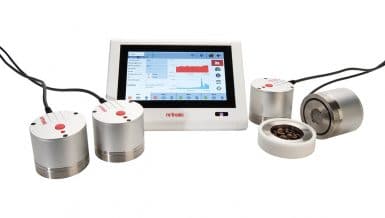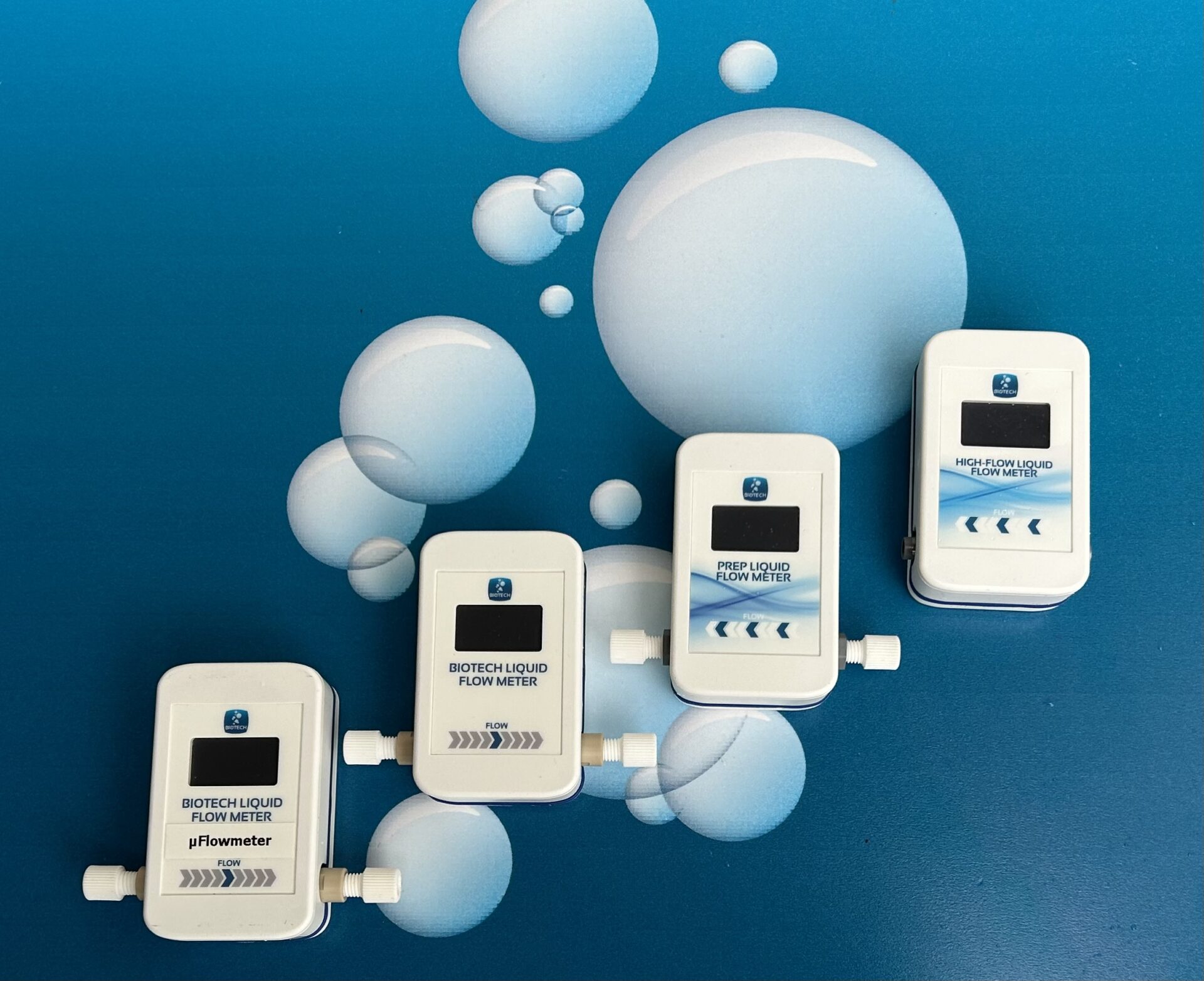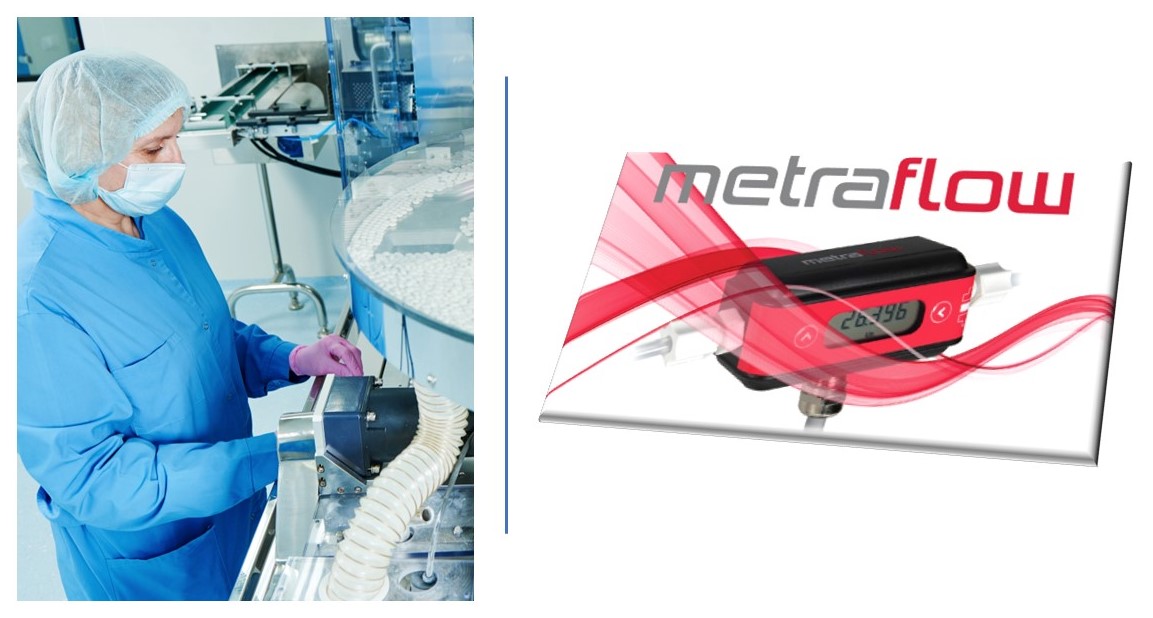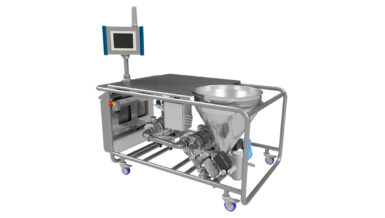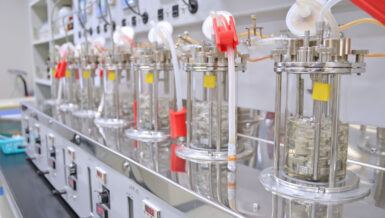Quality, cleanness, traceability, and compliance with international regulatory standards are of decisive importance in pharmaceutical applications. Many different applications and processes are involved in the pharmaceutical industry, all of which have individual requirements to be considered.
Gasket Certifications
- FDA Compliance – Conformance with Food and Drug Administration (FDA) regulations is a frequent demand in pharmaceutical industry. A gasket is considered FDA compliant via the three following methods:
- GRAS (Generally recognized as safe) – Many substances are listed as GRAS as they have been used in FDA applications without issue. The FDA list of GRAS notices is updated approximately each month, as of 2021.
- Existing FDA Regulations – Some materials are already regulated by the FDA. Perfluorocarbons (PTFE products and compounds, FEP, etc.) for instance are found in FDA 21 CFR 177.1550. Another example are the gaskets made from elastomers which are covered under FDA 21 CFR 177.2600. In this section the acceptable elastomers, along with acceptable fillers, processing agents, additives and curative systems are specified.
- FDA FCN – A food contact notification (FCN) should be submitted to FDA for new substances not covered by either of the abovementioned methods.
Also, all ingredients used in the branding ink need to be approved for direct contact with pharmaceutical products in accordance with appropriate sections of FDA 21 CFR.
- U.S. Pharmacopeias (USP) Plastic Class VI Requirement – This certification is a biological reactivity test where samples of the gasket material are implanted into live animals to approve that the material does not cause toxic reactions. Only U.S. Pharmacopeia certified laboratories can approve this test.
- 3-A Sanitary Standards – As an independent not-for-profit corporation, 3-A SSI focuses on improving hygienic equipment design for food, beverage, and pharmaceutical processes.
Gasket Materials
Other than compliance to industry standards, several other challenges are involved in gasket selection for pharmaceutical applications, particularly if toxic chemicals or aggressive solvents are to be contained. To further complicate the problem, glass lined reaction vessels and PTFE lined pipework with load-compromised joints may be used. Dealing with pitted, warped, or wavy surfaces typically encountered on non-metallic flanges is another challenge. On top of that, prolonged high temperature exposure, as well as vigorous clean-in-place (CIP) and steam-in-place (SIP) regimes can also affect the sealing performance.
All these issues leave no room for mistakes in appropriate seal selection. Of all the common materials used in pharmaceutical applications, PTFE gaskets are probably the most popular. They are often used in mixers, bioreactors, fermenters, pumps, valves, and flanged joints in piping and transfer equipment. These gaskets offer an extensive range of operating temperatures, from -212°C (-350°F) to 271°C (520°F) combined with superior dielectric properties and a low coefficient of friction. Being regarded among the most chemically stable materials known, PTFE gaskets are the material of choice for many pharmaceutical sealing challenges, especially where corrosive chemicals are involved.
Gasket Installation
Poor gasket installation practices can easily compromise safety and lead to un-scheduled and expensive plant down-time. Some of the most common standard gasket installation measures are using proper alignment tooling, using the correct gasket size and material, avoiding release agents, not reusing gaskets, applying approved or specified lubricants only, using a calibrated controlled tensioning device, and implementing proper torque specifications and bolting patterns. For instance, not using the proper torque values in installing a gasket can result in either under compressing or over compressing the gasket. In a root cause analysis carried out by FLUID SEALING ASSOCIATION® (FSA) on 100 failed gaskets, it was shown that 68% of the gasket failures were due to under compression of the gasket. It happens when there is not adequate compressive stress needed to densify the gasket and create a sealing barrier at the gasket ID, leading to premature seal degradation. On the other hand, over tightening the gasket can create gasket intrusion and physical degradation. An over compressed gasket can stick to the flange creating further problems as maintenance technicians need to use hard tools to scrape away the residue. Also, it may cause downstream contamination from gasket fragments which can result in additional cleaning, un-scheduled down time, batch quarantine, disposal and possibly plant shut down.
In conclusion, it is key to contact gasket material manufacturers and ask for required information to qualify a product as suitable for pharmaceutical related applications. As noted above, selecting the appropriate sealing solution requires comprehensive and complex research and verification to avoid undetected leaks, jeopardizing health and safety, and contaminating the production line.





